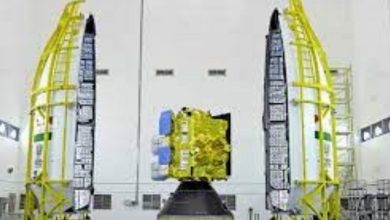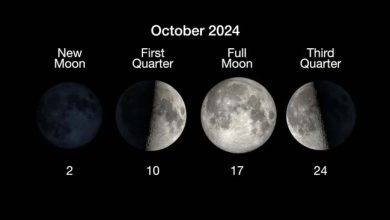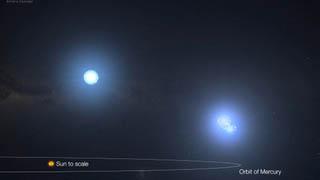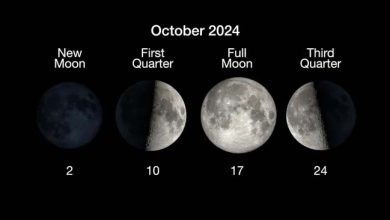That hit Earth: It was the third ‘imminent impactor’ of 2024

Science: Last month, an asteroid struck Earth’s atmosphere just hours after it was detected — somehow, it managed to evade impact monitoring systems as it approached our planet. Fortunately, though, the object was only about 3 feet (1 meter) in diameter and posed little threat to anything on Earth’s surface.
The asteroid, named 2024 UQ, was first discovered on Oct. 22 by the Asteroid Terrestrial-impact Last Alert System (ATLAS) survey in Hawaii, a network of four telescopes that scan the sky for moving objects that could be space rocks bound to hit Earth. Two hours later, the asteroid burned up over the Pacific Ocean near California, making it an “imminent impactor.”
The short time between detection and impact meant that impact monitoring systems operated by the European Space Agency’s Near-Earth Object Coordination Centre did not receive tracking data about the incoming asteroid until after it had hit Earth, according to the centre’s November 2024 newsletter. “The ATLAS survey obtained images that included the detection of a small object in a high-probability collision path. However, due to the object’s location near the edge of two adjacent regions, the candidate was identified as a moving object only a few hours later,” ESA wrote in the newsletter.
“By the time astronomy reached the impact monitoring systems, the impact had already occurred.”
ESA’s NEO Coordination Centre (NEOCC) says the flare was detected by the National Oceanic and Atmospheric Administration’s GOES weather satellites and the Catalina Sky Survey, a NASA project that uses an array of telescopes to search for asteroids and comets in our celestial neighbourhood. These flashes were enough to confirm the impact of asteroid 2024 UQ, as well as its trajectory.





